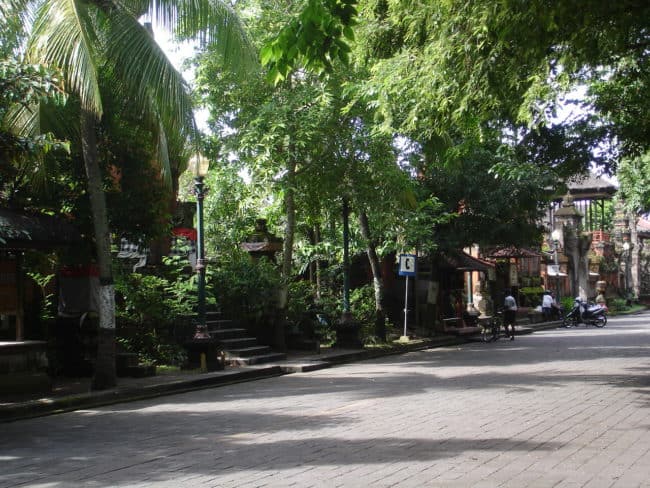Denpasar became the seat of the government and hence the capital of the Province of Bali in 1958. During the dutch intervention in Bali in 1906, Singaraja was the administrative center until 1953. So the current capital city was not always prominent on the map.
Today Denpasar has become a very busy city. Traffic jams, motorbikes taking over from left and right, dirty old city buses and trucks with their loads drive through the city are the common daily scene here. This capital has attracted people from all over Bali and from other Indonesian islands. Even immigrants from the Middle-East and India have settled here in the hope to make a fortune.
First-time travelers to Bali sometimes get confused when they land at the Bali Ngurah Rai International Airport. Everywhere is mentioned that it is located in Denpasar. However, in reality, it is a short 30 minutes drive to get there. The majority of the visitors to Bali don’t have a visit to this city on their itinerary though.
But since Denpasar also functions as a major hub that connects surrounding villages with one another, chances are you might end up in the middle of the hectic traffic.
Is Denpasar Worth the Visit?
We have driven through the city many times. Since most streets are one way, we ended up driving in circles many times. We aren’t a fan of Denpasar. Not surprisingly the city is not as popular as the nearby villages. However you do happen to be there, you should stop to see a couple of sights.
If the Bali Arts Festival is being held then you definitely head over to this city to witness the cultural buzz.

Getting Around Denpasar
There is no train station or tourist shuttle service in Denpasar. So if you are aiming to travel on public transport then you are dependent on busses and bemos. Buses mainly run long-distance routes to Java and Surabaya. But there are a few smaller ones that go all the way to Lovina, Singaraja, Gilimanuk, etc. For destinations in the northern part of the island, you will need to head to the bus terminal Ubung. Terminal Gunung Agung and Kerenang have bemos heading to Canggu or Sanur.
You can also stop these little vans anywhere in the city. Their route is usually written on the front screen of the bemo.
We prefer to go by motorbike, despite getting lost and the heavy traffic. It makes it easier to explore the city and to stop whenever we feel like.
Things to Do in Denpasar
Puputan Square
The most interesting sights in the city are all located around the green and pretty quiet Alun Alun Puputan, located right in the heart of the city. This square is a reminder of the heroic suicide of the Balinese royal family and elite on 20th September 1920.
They preferred to fight against the Dutch colonial power and to take their own lives (puputan) than to surrender and live in disgrace. Men, women, elderly and even children committed suicide by using the kris (traditional dagger).
In the middle of the square, a bronze monument has been erected to commemorate the freedom fighters that died in another puputan after World War II when the Dutch tried to regain the island.
In the north-western corner of Puputan Square, you can find the statue of Batara Guru with its four heads facing every wind direction. The 5m high statue is devoted to Shiva (the destroyer) and blesses the travelers on the road.
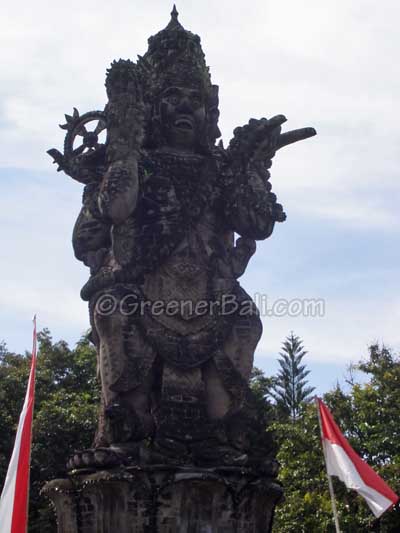
Jagatnatha Temple
The Pura Jagatnatha temple is also located on the Puputan Square and was built in 1953. The temple is dedicated to the supreme god Sanghyang Widhi Wasa.
The shrine is made out of white coral and is built on top of the back of a cosmic turtle statue and two mythological serpents that symbolises the foundation of the world. The temple is often closed to tourists since many Balinese people come here to bring offerings but you might be lucky and get in.
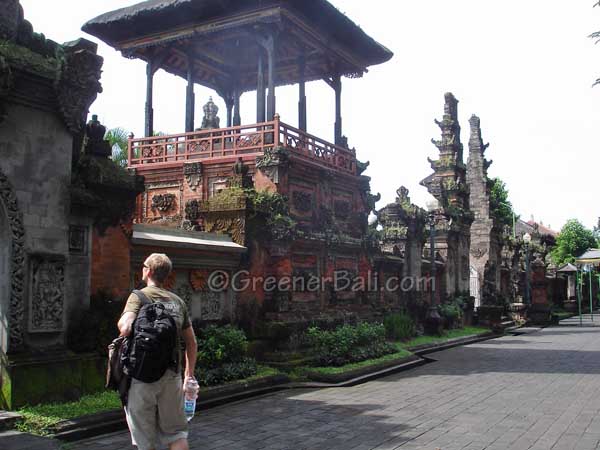
Provincial Museum
Next door of the temple is the very interesting Museum Negeri Propinsi Bali. It was built in 1910 by the Dutch who wanted to collect and store artifacts in order to preserve the Balinese culture.
In 1917 the museum was destroyed with hundreds of other buildings by the eruption of Gunung Batur. It was rebuilt in 1925 and turned into an ethnographic museum in 1932.
This museum is divided into several pavilions where you find archaeological findings from Gilimanuk, barong dance costumes and Topeng masks, Kamasan and Ubud style paintings and other Balinese handicrafts such as ikat cloths and woodcarvings.
Several of these buildings are copies of palaces from Tabanan, Buleleng (Singaraja) and east Karangasem (now Amlapura).
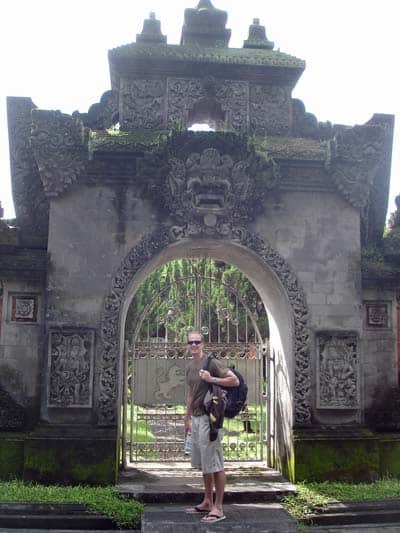
There are no official guides available at the museum but there are some Balinese men who love to guide you around. Try to test their English first though since I got stuck with one guy I couldn’t follow for over one hour.
The museum is a perfect place to learn quickly about the Balinese culture and provides thorough information on what you can expect on your travels throughout the rest of the island.
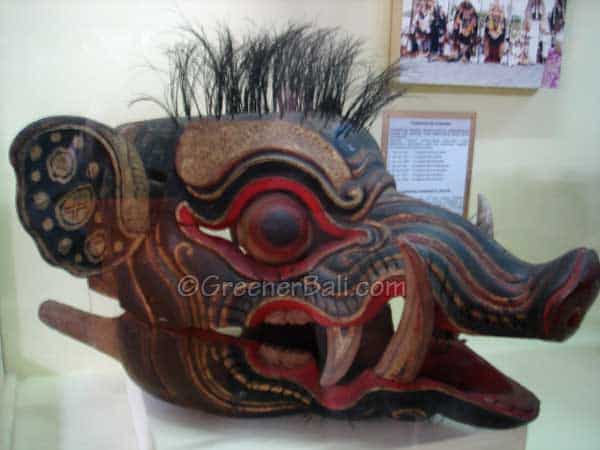
Bajra Sandhi Monument
Not far from the Alun Alun Puputan square you can find the Bajra Sandhi Monument. It was built in 1987 and honors the Balinese who have struggled, not only during the colonial times but also during the events afterward.
This monument is pretty big and has a large garden surrounding it. It is a nice sight to visit when you are in Denpasar.
Malls and Shops
Like any other capital in the world, you can do a lot of shopping here too. Malls are in abundance but the best place to go to is, of course, the traditional markets. Taman Wedhi Budaya (the Art Center) is considered the most popular and is located on Jalan Nusa Indah, in the eastern part of the city. It is the cultural center for paintings, masks, wood carvings, and dance performances.
Bali Art Festival
This is also the place where the annual Bali Arts Festival takes place in June and July. Every district in Bali is represented and there are several competitions in music, dance, costumes, drama, woodcarving, and food. Definitely a must to see when in Bali.

